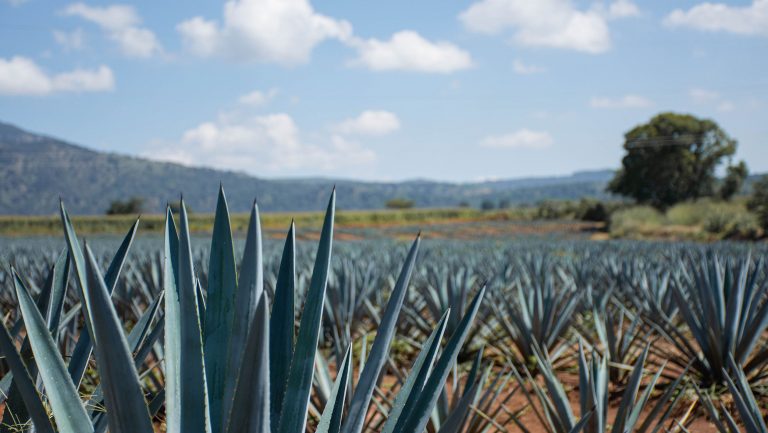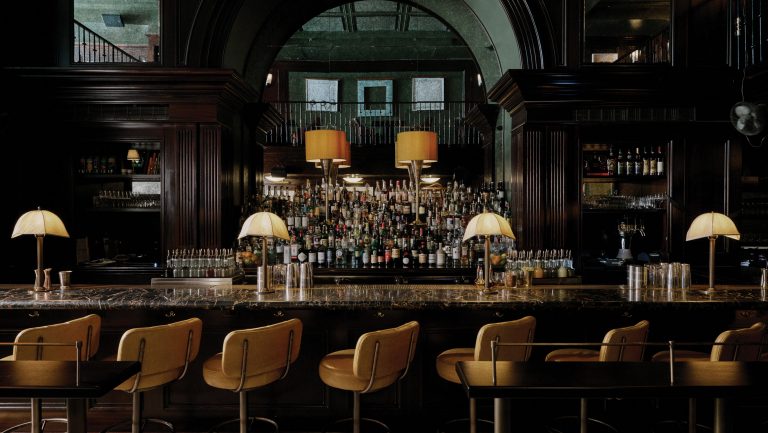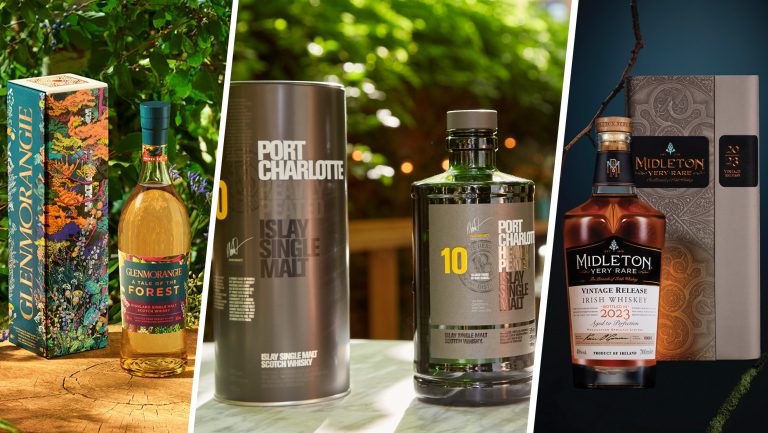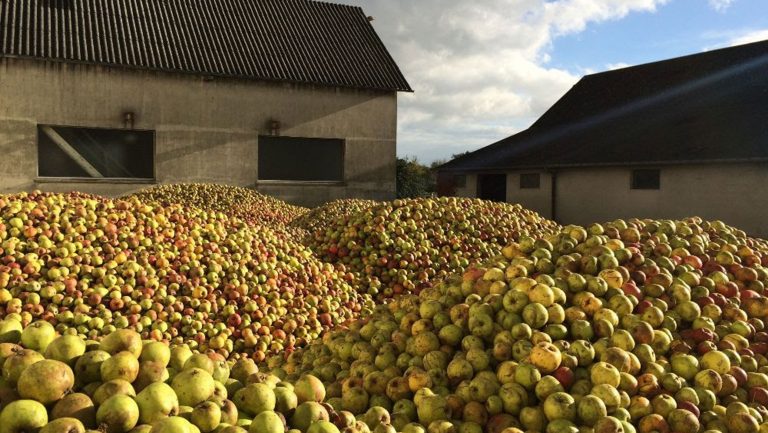Cascahuin Tequila is among the many boutique agave spirits championed by U.S. bartenders who have pushed the diversity of Mexico’s distillation traditions into the spotlight. But shortly after the American on-premise sector shut down due to COVID-19, the distillery paused production. By the end of April, sales had decreased 70 percent.
“We’re trying to maintain, not just to survive, as a company, but to also support our employees,” says Salvador Rosales Trejo, a third-generation tequila producer in El Arenal, Jalisco. Although he’s managed to keep employees on payroll, Trejo says he and neighboring producers are bracing for an uncertain future.
Trejo’s pain is echoed across Mexico. Mezcal fever in the U.S. made the American market—specifically bars and restaurants—the most important sales channel for small agave distillers in rural communities. While large brands with wide distribution are benefiting from the uptick in retail sales, smaller tequila and mezcal producers have seen sales plummet. Now they are scrambling to keep workers employed and trying to find new ways to reach consumers.

Don’t miss the latest drinks industry news and insights. Sign up for our award-winning newsletters and get insider intel, resources, and trends delivered to your inbox every week.
Big Tequila Brands Win, Small Brands Squeezed
Initially, it seemed as though tequila and mezcal sales might fare well in the U.S. during the pandemic. Retail purchasing surged amid stay-at-home mandates, with spirits leading off-premise sales growth—up 31 percent for the total coronavirus-impacted period as of June 13, according to Nielsen.
Compared to the same period last year, tequila exports were up 17 percent from January to April, according to Ramón Gonzalez Figueroa, the general director of the Tequila Regulatory Council (CRT), in part due to increased consumption at home. Nielsen has reported that tequila has seen the second-highest amount of growth within the spirits category.
But most tequila producers are not benefiting from this retail sales growth. “Without a doubt, those that represent the majority of that volume are the larger companies,” says Gonzalez Figueroa. Major players such as Jose Cuervo and Patrón are the winners. Smaller, independent brands are reporting very different numbers.
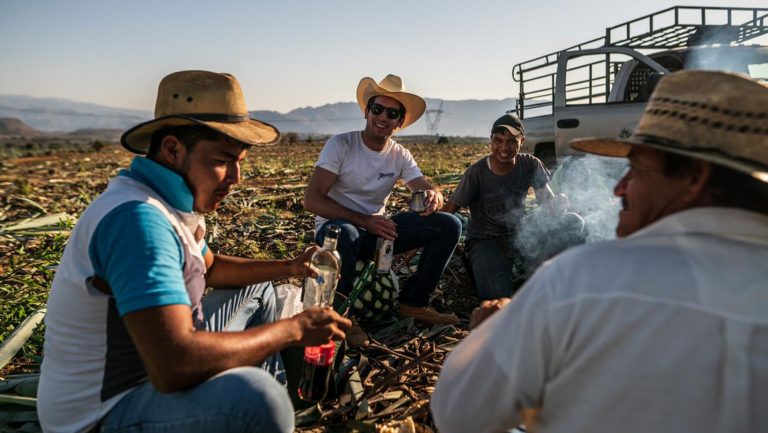
“All the small producers are 50 or 60 percent down in sales, no matter who you talk to,” says Eduardo Orendain, a fifth-generation family member and sales manager for Arette Tequila. Arette is hurting: 90 percent of the brand’s volume is exported to the U.S., and the majority of the company’s revenue relies on it being a bartender favorite.
As of early June, mezcal exports are down 60 percent, according to Hipócrates Nolasco, the president of the Mezcal Regulatory Council (CRM).
In addition, that same Drizly data reports positive sales trends for cocktail ingredients and mixers, indicating that although consumers might be shopping for mezcal or tequila during the pandemic, they’re not necessarily going for the higher-priced, artisanally crafted spirits that have lured people into the categories.
Mezcal sales may look robust, says John Bedell, the spirits portfolio manager for T. Edward Wines, but not across the board. He reports that New York sales of the Alipus espadin expression—the distillery’s entry-level mezcal—are doing better than they were before the pandemic, but higher-priced expressions from the same palenque (distillery) are not. “You can extrapolate that to the rest of the category: higher-end bottlings, more obscure, more remote palenques or vinatas [another word for distilleries] I have seen fall to zero,” he says.
Roman Romaya, the vice president of retail shop Old Town Tequila in San Diego, which offers one of the largest agave selections in the country, says that bottles in the range of $75 to $150—where much of the mezcal category hovers—have taken the biggest hit. “People were also stocking up on the more popular brands, I think, because they were nervous about money,” he says. “They didn’t want to be as adventurous and try the new $100 mezcal that we just got in that most people might not have heard of.”
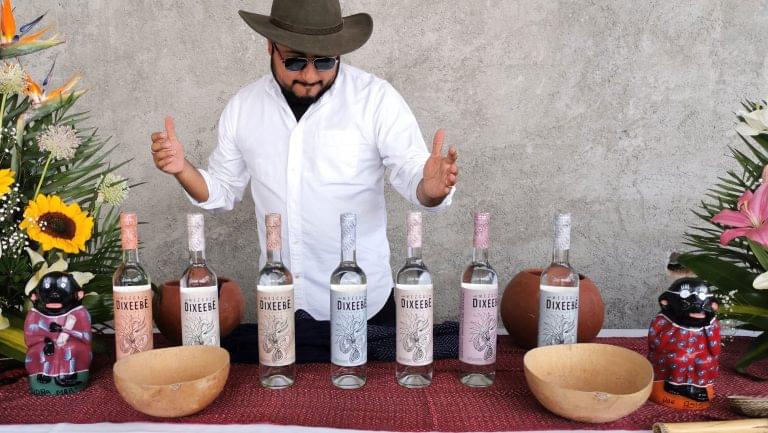
The thirst for the next mezcal expression has built followings for such family-owned producers as Casa Cortés. This spring, youngest-generation family member Asis Cortés was scheduled to export a father-son project of limited bottlings called Dixeebe and several new expressions of Origen Raiz, a Durango-Oaxaca collaboration mezcal, which was also expected to make its debut in Europe.
All of that has since changed. “Our U.S. importer told us it was going to be a hard year, and they recommended we don’t launch anything,” says Cortés.
A Devastating Ripple Effect in Mexico
Like spirits and wine producers in other regions, many tequila and mezcal businesses also rely on tourism revenue. With travel restrictions in place due to the pandemic, those income sources have dried up. Cortés’s mezcaleria and hotel in Oaxaca, which are normally popular destinations for mezcal aficionados, are empty.
The combination of dismal tourism and decreased sales could have a ripple effect for local economies, which have grown to depend on both. Eduardo Ángeles, the maestro mezcalero of Mezcal Lalocura in Santa Catarina de Minas, Oaxaca, says that about 120 people directly depend on the local mezcal industry, not including the extended supply chain, such as drivers and agave farmers.
Lalocura typically exports about 20 percent of its production, but much of its revenue relies on tour groups. Ángeles is maintaining some work for his staff of about 20 people through domestic sales, plus pre-sales from international followers—a new practice, dubbed “mezcal futures,” which other brands are replicating.
But brand recognition and access to social capital make Ángeles and Cortés exceptions. Ángeles warns that other mezcal-producing families that depend on sales to importers and tourists won’t have the capacity to plant agaves and crops they typically depend on for income or consumption. “We still are not feeling this the way we are going to feel it in two or three months,” he says. “We are going to have a food crisis.”
Other producers share Ángeles’s concerns. They fear that the pandemic could influence the price of agaves, which cycles up and down with shortages and surpluses. After price increases over the past few years, independent producers could be at an even greater disadvantage against larger brands when they attempt to purchase these prime materials.
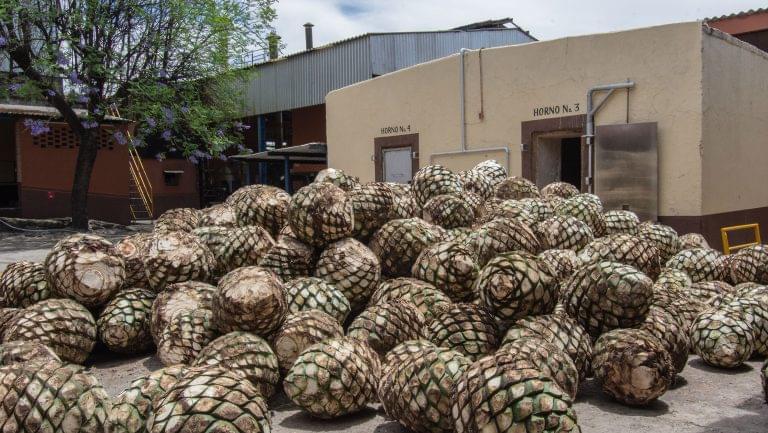
Obstacles to Pivoting Sales
Producers understand that it’s essential to pivot toward retail to drive sales right now, but the pandemic’s impact on the U.S. beverage industry as a whole has complicated things. The closures of on-premise accounts have restricted cash flow among importers and distributors, preventing them from ordering high volumes—or any quantity—of tequila and mezcal products to sell to retailers. “There’s product that’s been out of stock here for a month that’s technically available [in Mexico], but distributors aren’t picking it up,” says Romaya.
Although several mezcal companies have been acquired by larger liquor companies, the majority of the category is made up of smaller brands that have arrived to market in the last decade; in the past eight years, the number of certified mezcal brands exporting their product went from 68 to 277, according to the CRM. Competing with established companies, which are boosted by marketing and distribution support, could now prove even harder.
Category pioneer Del Maguey also relied on business from restaurants and bars, but the company was acquired by Pernod Ricard in 2017, giving the brand a wider network and more resources to weather the pandemic. “Pernod Ricard has supported us, being able to quickly pivot to participate in off-premise initiatives that we would not have had the time or resources to engage in otherwise during this time, which has been a great support,” says Lucia Creed, the brand leader for Del Maguey. The company’s reputation and nationwide distribution partners provide Del Maguey with more security than newer brands that are still struggling to create a name for themselves.
Edward Wines’ Bedell warns that distributors may also be constricting their SKUs, which could limit the pathways to market for new brands. “We will definitely tighten up what we are able to offer,” he says, “and if something hasn’t been proven successful recently, it will be a little while until it’s made available again.”
Finding a Virtual Connection
Like other companies in the beverage industry, agave spirit brands have taken to the virtual world to connect directly to consumers by offering guided tastings, tours, and live conversations via Zoom and social media.
Media and education organization the Mezcalistas launched Conversations in Agave, a weekly series featuring Zoom talks with stakeholders in the industry, while such well-known brands as Mezcal Vago have hosted Instagram Live sessions with producers. Ilegal has weekly Instagram concerts and movie nights, and Cortés hosted Zoom meetings with agave aficionados to introduce and pre-sell his Dixeebe line.
Despite the challenges that some brands are facing with distribution, the timing and the shift toward virtual education has presented opportunities for some companies, including La Luna Mezcal, which produces in Michoacán and is currently launching into new states. Without the ambassadorship of on-premise bartenders, Salvador Chavez, the company’s CEO and founder, says that his distributors have been more flexible and eager for education.
“I feel like we’re accomplishing more because even on a market visit with a distributor, it never really meant that I was going to talk to the whole team,” he says. “On Zoom, all 30 people from that team are hearing your voice. They’re asking questions, and you’re moving the ball.”
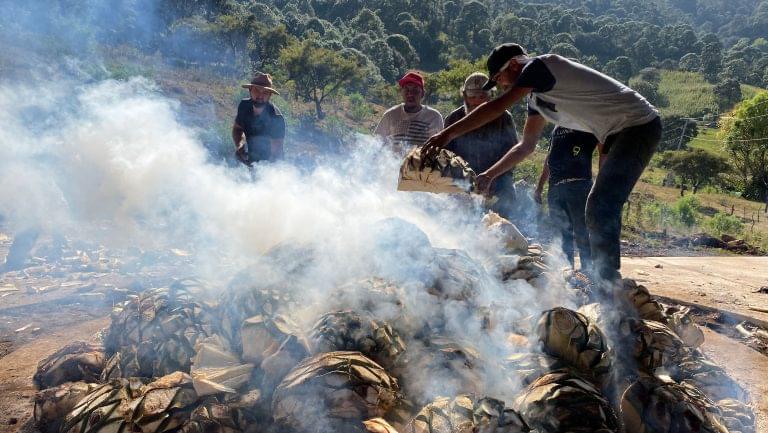
Meanwhile, La Luna is hoping to entice fans and mezcal novices with smaller bottle formats, a trend buyers should expect to see more of. Lalocura’s importer is also making plans to launch smaller bottles this summer. Romaya says small bottle sales increased across all spirit categories; he suspects shoppers are testing the waters of e-commerce and taking advantage of a lower price point to try something new.
As brands have turned to virtual education and social media to reach consumers, one bright spot might be a wider appreciation for a complex spirit like mezcal. Chavez, who hosts daily Instagram Live chats and shared a tour of his palenques in Michoacán on Zoom, says that much of the feedback and questions he’s getting virtually have clearly been from customers new to the spirit.
“The amount of connections that we, and the category as a whole, have been able to make virtually is giving people a deeper understanding of what mezcal is,” he says, “and I think it would’ve taken years to accomplish what we’ve done in this time period.”

Dispatch
Sign up for our award-winning newsletter
Don’t miss the latest drinks industry news and insights—delivered to your inbox every week.
Ferron Salniker is a Los Angeles based writer and curator with a focus on Mexico and California. Her reporting has appeared in VinePair, Vice, Whetstone Magazine and other publications.

